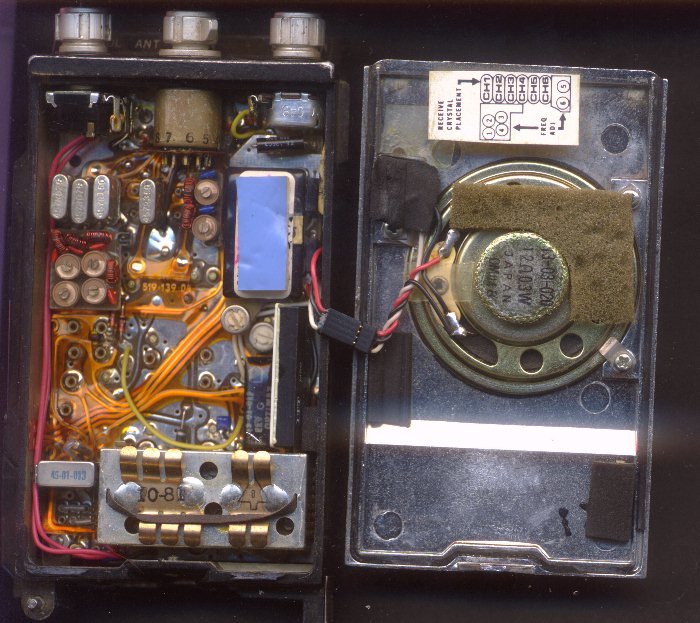Categories
While Everyone is raving about the “NanoVNA”, I came across the PDF from HP about the ‘instrument’ that started this all off. It is well remembered by me for several reasons. I used it to great effect in my early days at Rediffusion Engineering. Also sticking in my mind is the report of the television technicians having dropped one off the Emley Moor mast. The ‘instrument’ still worked and was within 1dB calibration!
So why the fuss over a vector voltmeter? Well it was a revolutionary ‘instrument’ because accurate measurement of voltage from 1 to 1000 MHz was nearly impossible. This a.c. voltmeter had high impedance probes because of the ‘sampling’ detector (mixer). It also allowed measurement of phase angle between the A and B channels. This was what the tv technicians loved. As they could measure the phase of the antenna array elements accurately. To provide a ‘good pattern’ coverage in the reception area.
Emley Moor’s mast is 1,084-foot-tall (330.4 metres) high. So dropping something from the top should have destroyed it! I have only seen Emley Moor tower covered in snow. So the picture I saw on WikiPedia was enlightening.
I now am reminded that the technicians were up there inside the tower on the platform in the “new” Emley Moor Mast. As the previous mast had collapsed in 1971 due to ice build up. BBC link 50 years!
I remember when I saw the block diagram, I was thinking what a neat design. Surely I could make one of these? Ha! I never got round to it. But the principle is elegant and simple enough to fabricate with generally available parts. Not quite a “direct conversion receiver” but a conversion to 20 kHz. Which surely could make the signal handling easy.
In those days ‘varactor’ diodes were quite common as they were “new”. Also “Step Recovery Diodes” were quite new. These gave HP a distinct advantage as they could provide very narrow pulses which had harmonics into the microwave region. It was only later, approximately 1975, that I discovered I could generate a “comb generator” using TTL logic chips. Which by the way went above 1000 MHz.
HP are of course long gone. Now it is Agilent. But the Hewlett Packard instruments will be remembered fondly by a lot of engineers an technicians.

